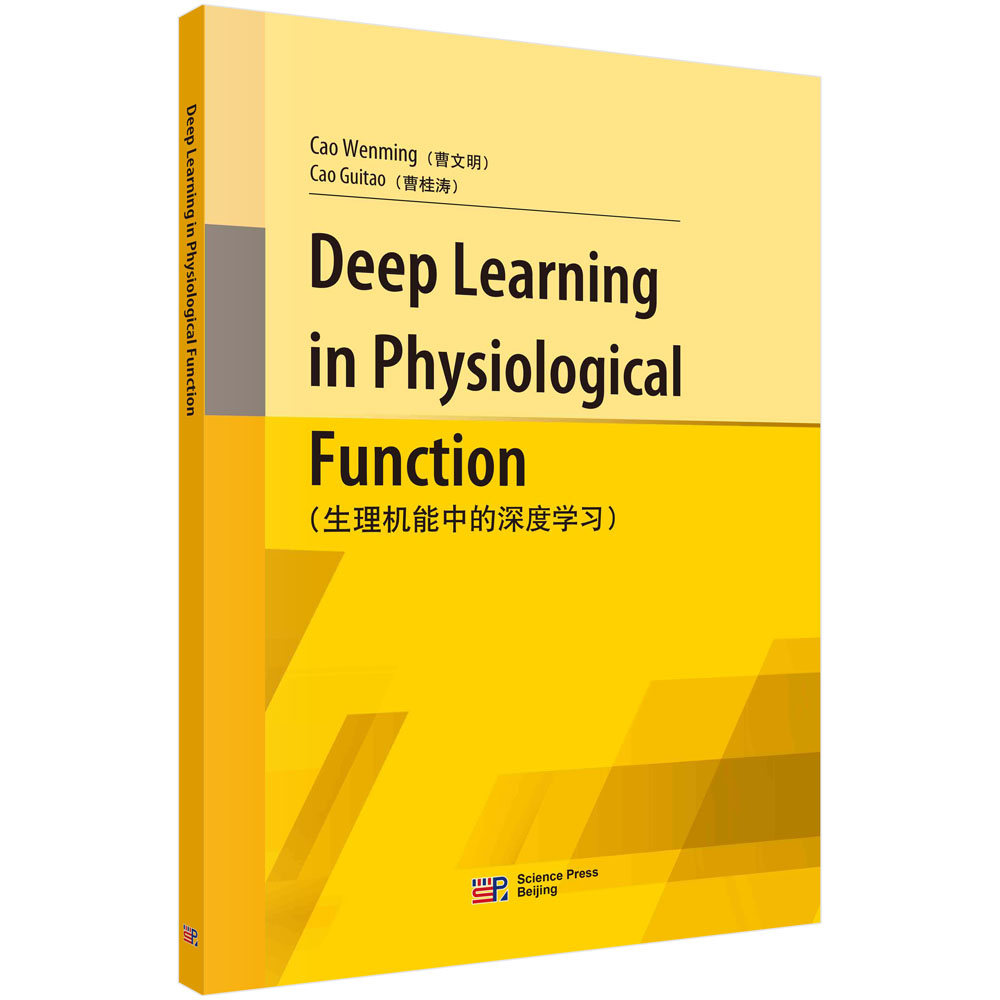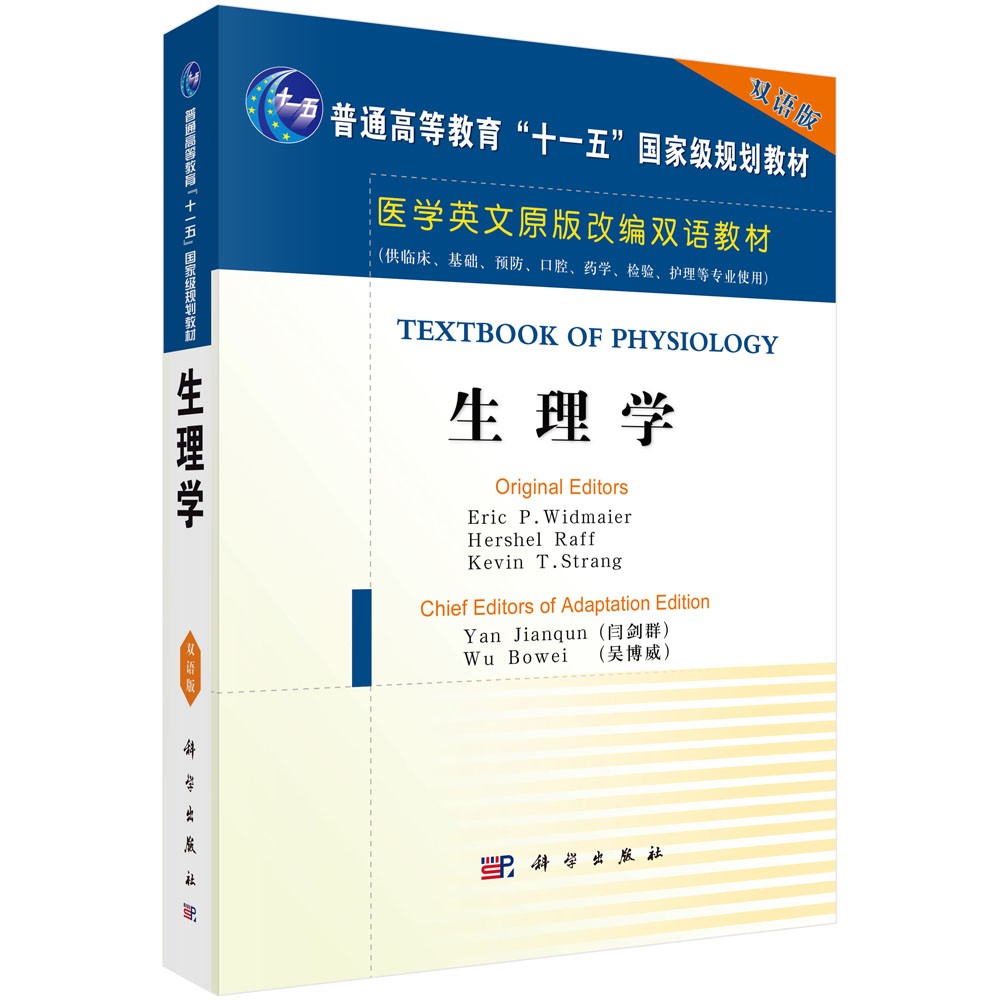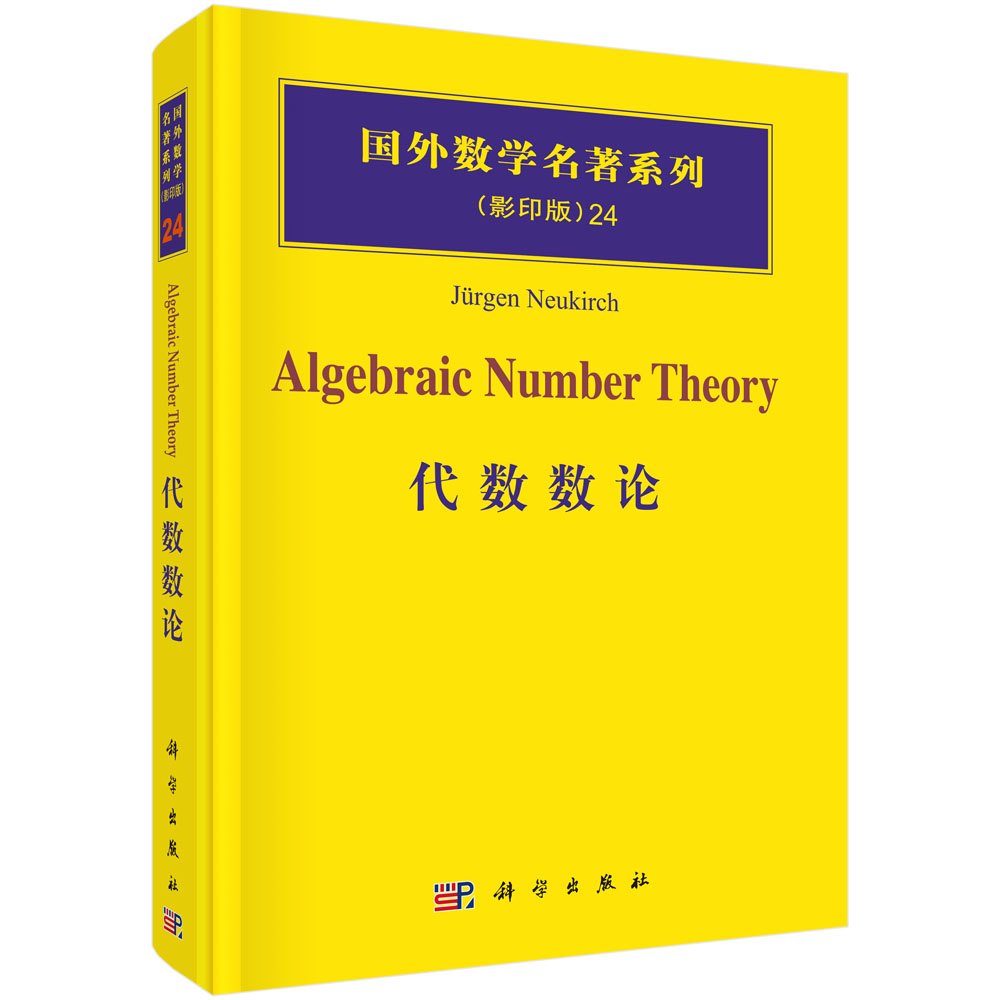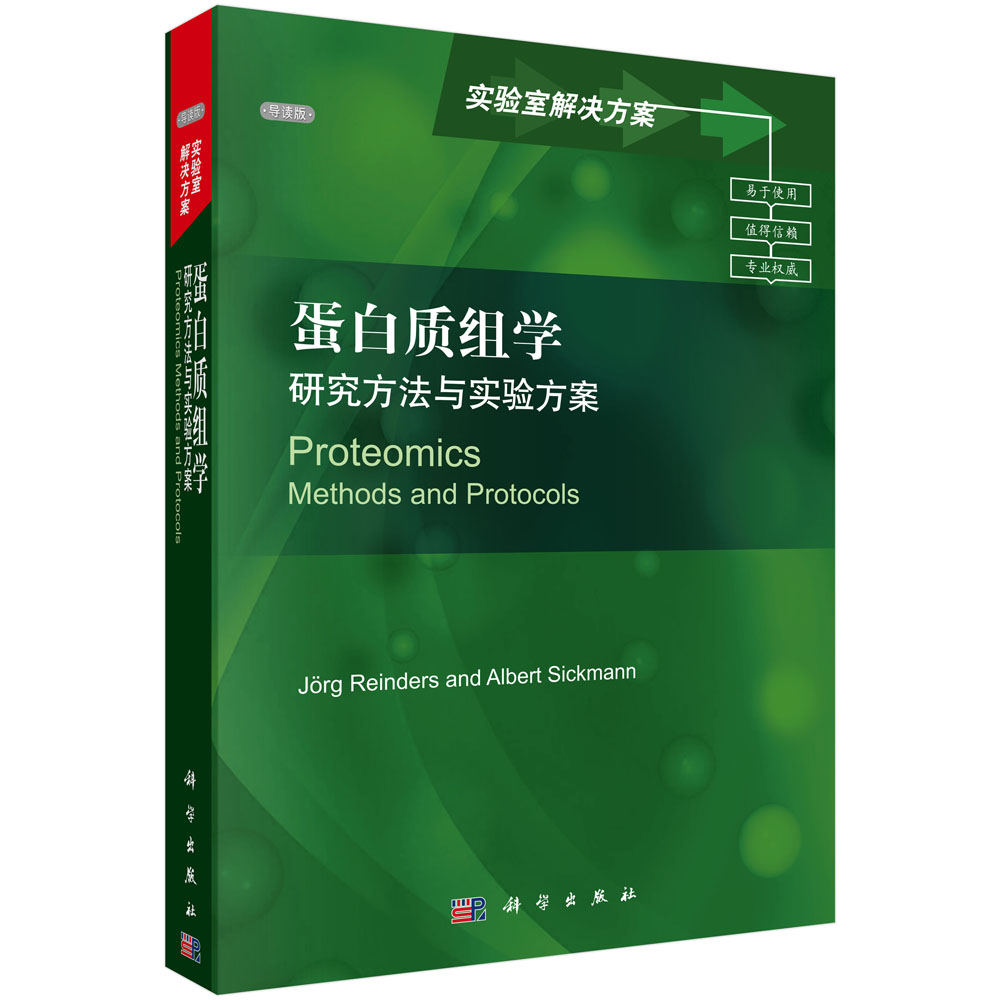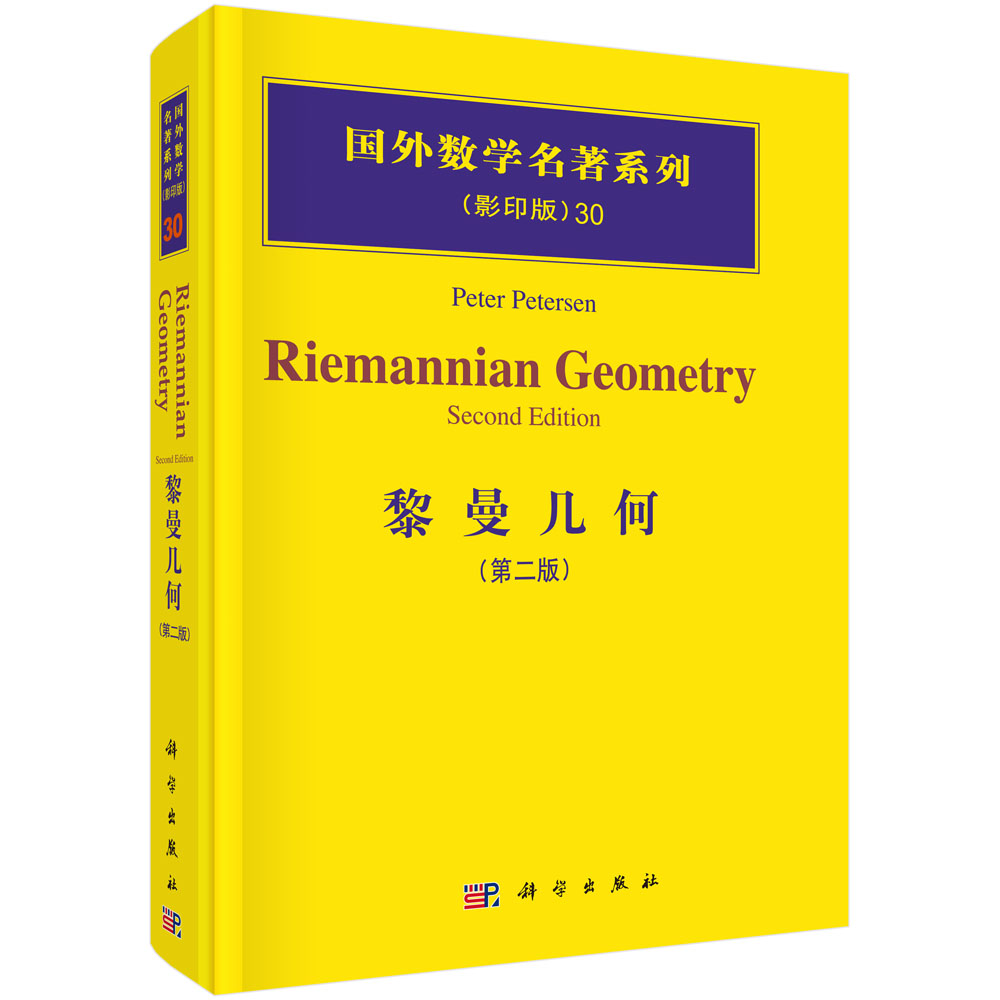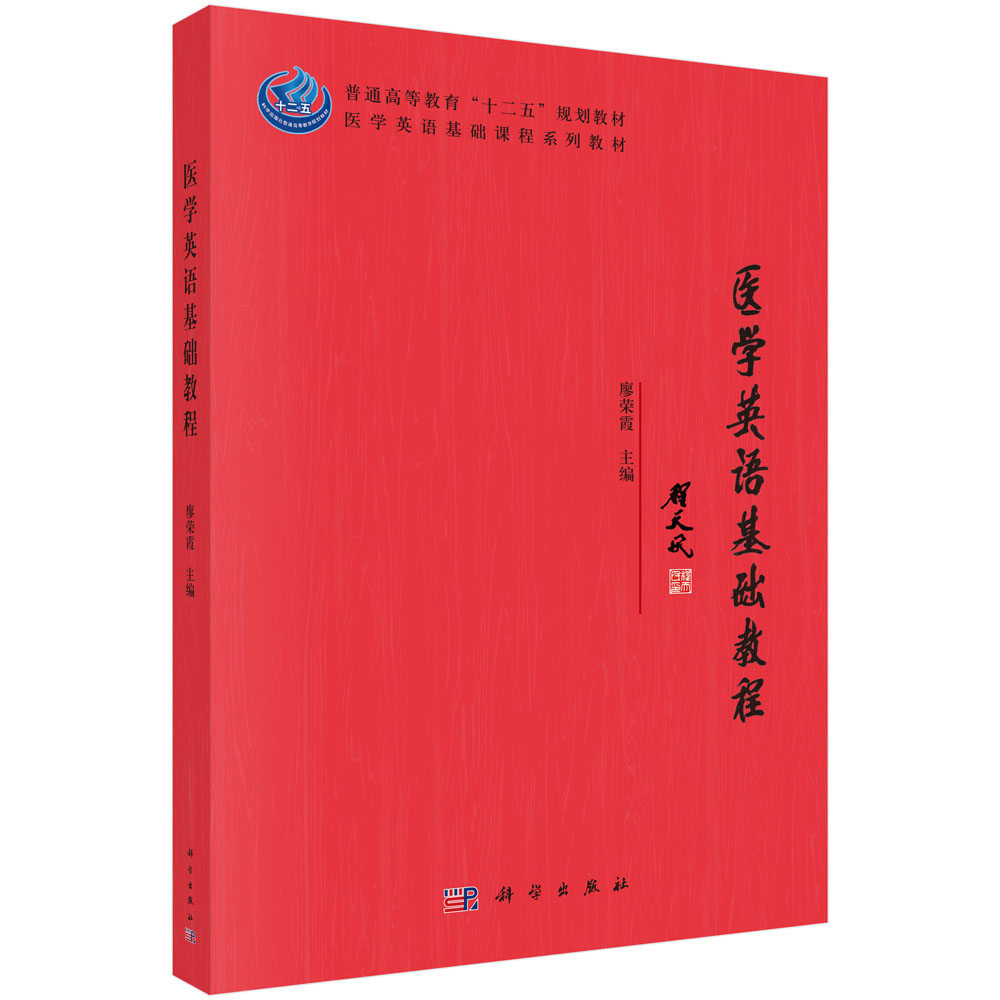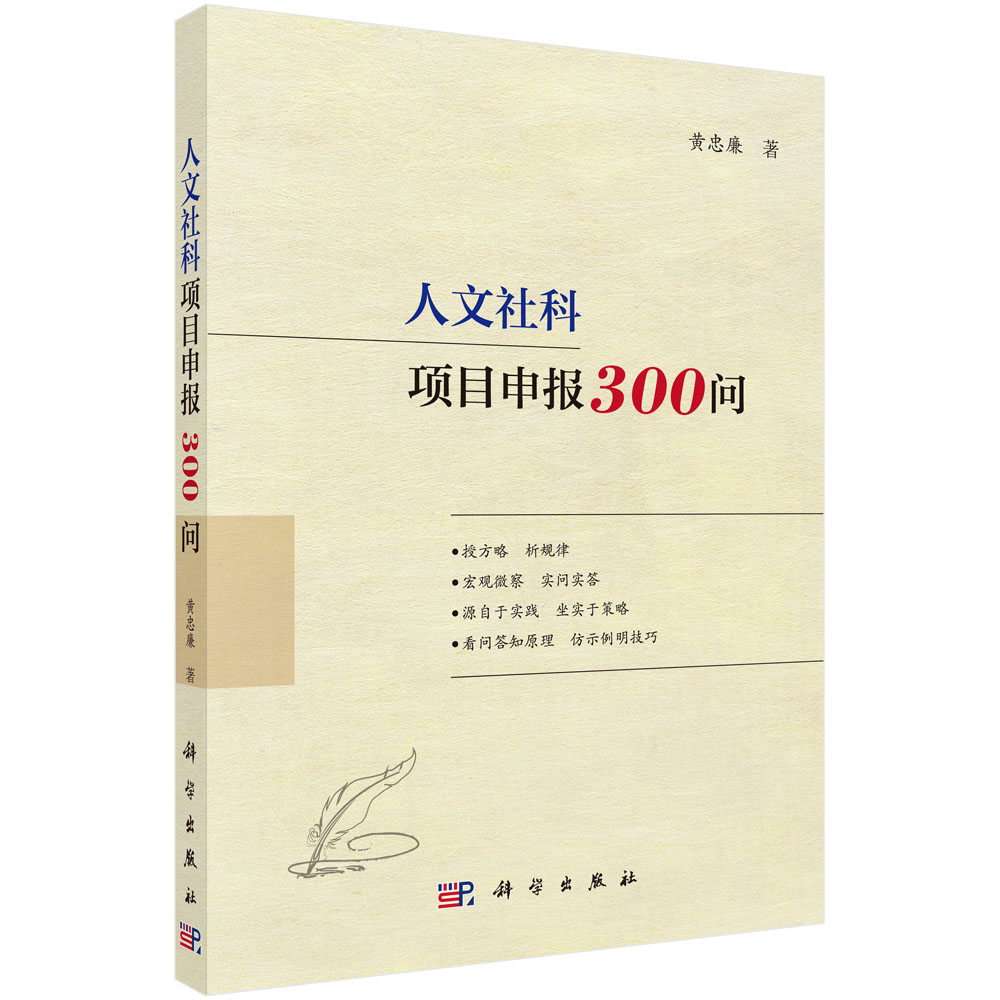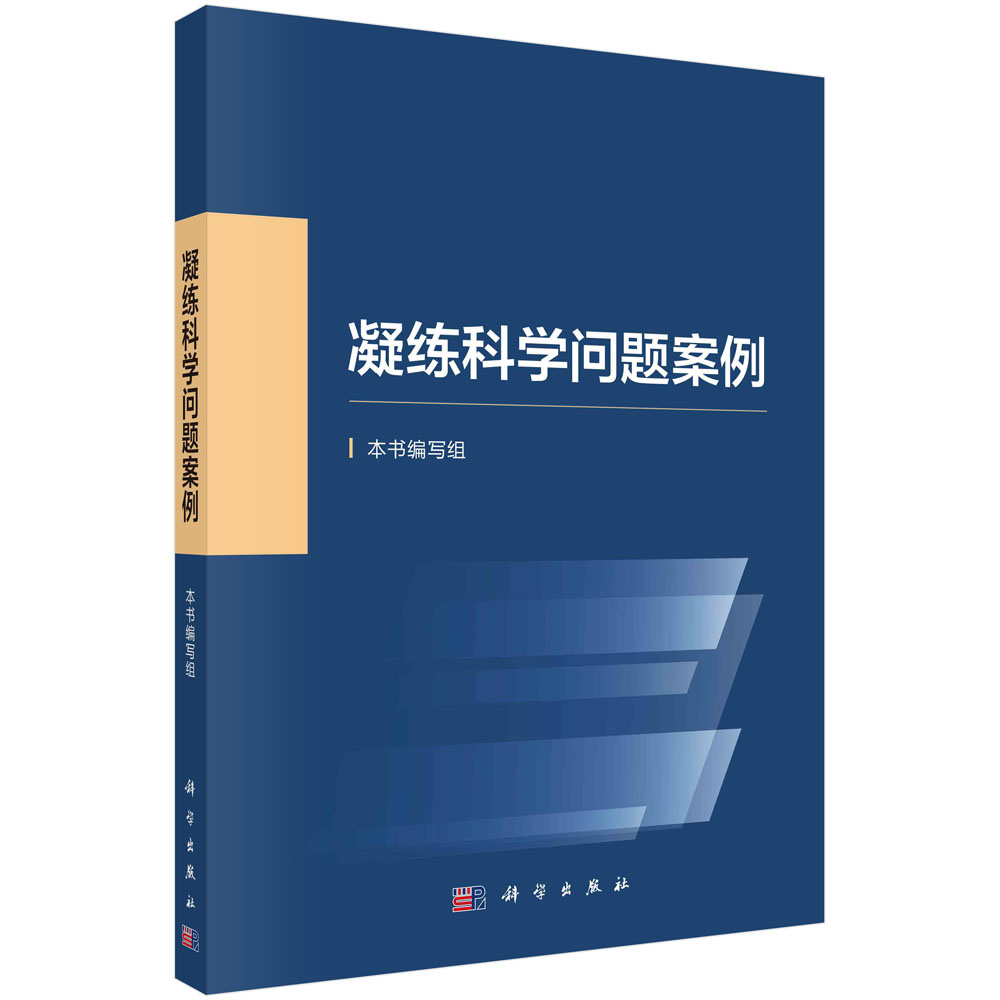随着年龄的增长,生理机能的下降,如果不采取必要的措施,会导致高血压、心脏病等一些疾病的并发症。如果老年人能够进行生理评估,这些风险可以大大降低。近年来,由于预防对老年人的重要性,许多研究人员将注意力集中在对人体生理功能的评估上。我们写这本书是为了介绍我们认为是生理功能评估的关键技术,帮助读者更好地了解生理功能评估。
样章试读
目录
- 目录
Contents
Preface
Chapter 1 Motion Detection with Skeleton Tracking 1
1.1 Introduction 1
1.1.1 Fog Computing-based Methods for Physiological Function Assessment 1
1.1.2 Motion Detection with Skeleton Tracking for Physiological Function Assessment 2
1.2 Motion Detection Method 3
1.2.1 Physiological Function Assessment Based on Fog Computing 3
1.2.2 Motion Recognition with RGB-D Cameras 5
1.3 Validation for Motion Detection 9
1.3.1 Comparison with Digital Angle Protractor 9
1.3.2 Effect of Motion Detection 9
1.3.3 Effect of Gait Analysis 10
1.4 3D Stereo Human Trajectory Learning and Prediction 11
1.4.1 Method Overview 11
1.4.2 Twin Deep Neural Networks with Stereo Constraint for 3D Human Pose Estimation 12
1.4.3 Constructing the Forward and Backward Prediction Networks 15
1.5 Validation for 3D Pedestrian Trajectory Prediction 17
1.5.1 3D Pedestrian Trajectory Dataset 17
1.5.2 Evaluation Metrics and Protocol 17
1.5.3 Performance Evaluations and Comparison 18
1.6 Conclusions 19
References 19
Chapter 2 Facial Expression and Emotion Recognition 22
2.1 Introduction 22
2.2 Methodologies 23
2.2.1 Patch Manifold 23
2.2.2 Patch Discriminative Analysis 24
2.2.3 Optimization 25
2.3 Patch Discriminative Analysis Network 27
2.4 Facial Expression Recognition Validation 28
2.5 Methodologies Based on LMDAP 30
2.5.1 Discriminant Embedding Space 30
2.5.2 Convolutional Kernel Learning Based on the Proposed LMDAP Algorithm 32
2.5.3 Local Manifold Discriminant Analysis Projections Network 36
2.6 Validation for Method Based on LMDAP 37
2.6.1 Datasets 37
2.6.2 Parameter Setting 38
2.6.3 Face Recognition Experiments on Extended Yale B Dataset 39
2.6.4 Face Recognition Experiments on AR Dataset 40
2.6.5 Face Recognition Experiments on FERET Dataset 41
2.6.6 Face Verification: YTF 42
2.6.7 Impact of Parameters 42
2.6.8 Impact of the Number Block Size 42
2.6.9 Impact of the Block Overlap Ratio 43
2.7 Emotion Recognition Based Acoustic Features 43
2.7.1 MFCC Related Features Extraction 43
2.7.2 Speech Emotion Recognition Based on CNN-LSTM 44
2.7.3 Attention-based CNN-BiLSTM Recognition Model (CNNAttBiLSTM) 45
2.8 Validation for Speech Emotion Recognition 46
2.8.1 Datasets 46
2.8.2 Speech Emotion Recognition Using CNN-LSTM 47
2.8.3 Speech Emotion Recognition Using CNN-AttBiLSTM 48
2.9 Conclusions 50
References 51
Chapter 3 GA-convolutional Neural Networks and Action Classification 56
3.1 Introduction 56
3.2 Related Work 58
3.2.1 Invariant Features/Descriptors of Motion 58
3.2.2 Skeleton Based Human Motion Recognition 60
3.3 GA-convolutional Neural Networks 61
3.3.1 Geometric Algebra: An Outline 61
3.3.2 Joints Angle and Orientation Human Posture Descriptor Based on Geometric Algebra 64
3.4 Skeleton-based Ensemble Human Motion Recognition 66
3.5 Validation for Motion Recognition 67
3.5.1 SZU 3D Skeleton & Orientation Exercise Action Recognition Dataset 67
3.5.2 SYSU 3D Human-object Interaction Dataset 69
3.6 Reduced Geometric Algebra (RGA) 71
3.6.1 The Basics of RGA 71
3.6.2 Convolution in RGA 73
3.7 Convolutional Neural Networks Based on Reduced Geometric Algebra 74
3.7.1 The Structure of RGA-CNNs 74
3.7.2 RGA Neuron Model 74
3.7.3 RGA Multilayer Perceptron (RGA-MLP) and Its Learning Algorithm 75
3.7.4 RGA-CNNs 77
3.8 Classification Experiments and Analysis 79
3.8.1 Datasets 79
3.8.2 Experimental Setup 80
3.8.3 3D Geometrical Shapes Classification 81
3.9 Conclusions 81
References 82
Chapter 4 Object Tracking 85
4.1 Introduction 85
4.2 Related Work 88
4.2.1 SiamFC Tracker 88
4.2.2 Optical Flow for Object Tracking 89
4.2.3 Attention Model 89
4.3 Main Work 89
4.3.1 TVNet 89
4.3.2 Aggregation Using Optical Flow 90
4.3.3 Sequential Scoring Model 91
4.3.4 Aggregation Between Different Frames 92
4.3.5 Optical Flow Attention Model 93
4.3.6 Online Tracking 95
4.4 Validation for Object Tracking 96
4.4.1 Results on VOT 96
4.4.2 Ablation Analysis 97
4.5 The Static-adaptive Tracking Algorithm 99
4.5.1 Virtual Keypoints 100
4.5.2 Fuzzy Logic Judgment 102
4.5.3 Weight-Based Correspondence 103
4.6 Results 104
4.6.1 Comparison with Its Baseline 105
4.6.2 Computation Speed Evaluation 105
4.7 Conclusions 107
References 107
Chapter 5 Cross-modal Hashing 112
5.1 Introduction 112
5.2 Related Concepts 114
5.2.1 Hamming Distance Sorting 114
5.2.2 Hash Table Retrieval 114
5.2.3 Similarity Measures 114
5.2.4 Performance Evaluation Criteria 116
5.2.5 Element-wise Sign Function 117
5.3 Methodologies 118
5.3.1 Data-independent Methods 118
5.3.2 Single-modal Methods 119
5.3.3 Multi/Cross-modal Methods 121
5.3.4 Deep Hashing Methods 124
5.4 Evaluation Benchmarks 131
5.4.1 Datasets 131
5.4.2 Published Experimental Results 132
5.5 Discussion 135
5.5.1 Qualitative Comparison 135
5.5.2 Possible Development Trends 137
5.6 The Proposed MDCH 137
5.6.1 Notations 138
5.6.2 Problem Definition 139
5.6.3 Hashing Code Learning 139
5.6.4 Optimization 140
5.6.5 Out-of-Sample Extension 142
5.7 Validation for the Proposed MDCH 143
5.7.1 Datasets 143
5.7.2 Evaluation and Baselines 144
5.7.3 Implementation Details 144
5.7.4 Performance 145
5.8 Conclusions 147
5.9 Appendix 147
References 148
Chapter 6 Deep Cross-modal Hashing 155
6.1 Introduction 155
6.2 Related Work 156
6.3 The Proposed Approach SDCH 158
6.3.1 Notation 159
6.3.2 Problem Definition 160
6.3.3 Features Learning Part 161
6.3.4 Hash Codes Learning Part 162
6.3.5 Optimization 164
6.4 Validation for the Proposed SDCH 166
6.4.1 Datasets 166
6.4.2 Evaluation and Baseline 166
6.4.3 Performance 167
6.4.4 Ablation Extents of SDCH 169
6.5 Proof of the First Item in Eq.(6.3) 171
6.6 Proof of the Second Item in Eq.(6.3) 172
6.7 Proof of the Second Item in Eq.(6.10) 174
6.8 Hybrid Representation Learning for Cross-modal Retrieval 175
6.8.1 Modality-friendly and Modality-mutual Representation Learning 176
6.8.2 Hybrid Representation Learning with a Two-level Network 177
6.8.3 Hybrid Representation Correlation Learning 178
6.9 Validation for the Method Based on HRL 178
6.9.1 Experimental Setup 178
6.9.2 Details of the HRL Method 180
6.9.3 Evaluation Metrics 181
6.9.4 Comparison with State-of-the-art Methods 182
6.9.5 Experimental Results 183
6.9.6 Baseline Experiments 188
6.10 Conclusions 191
References 191
